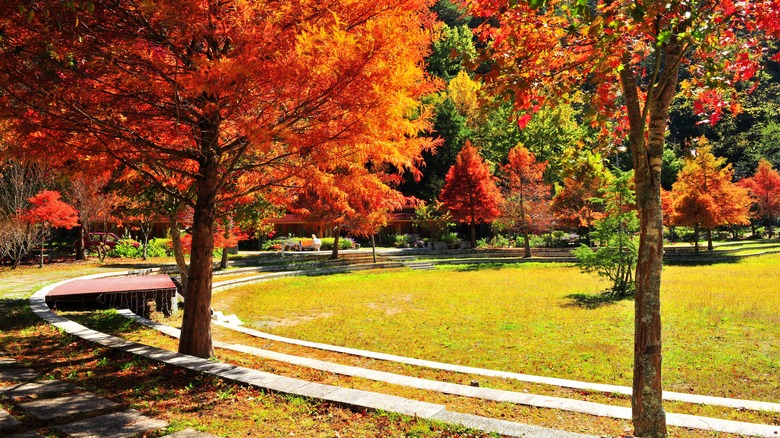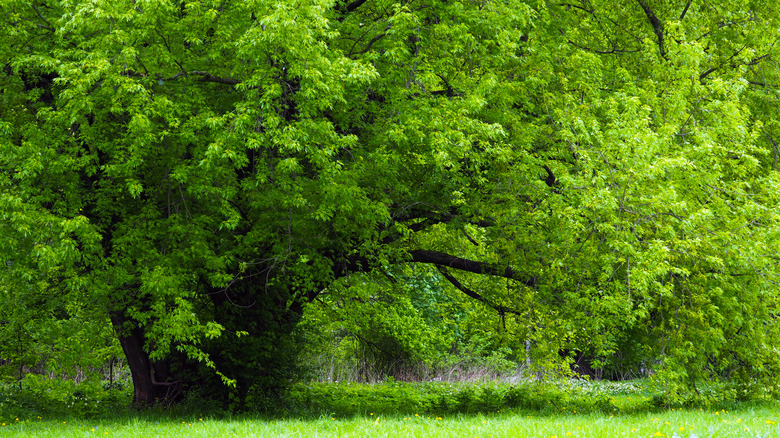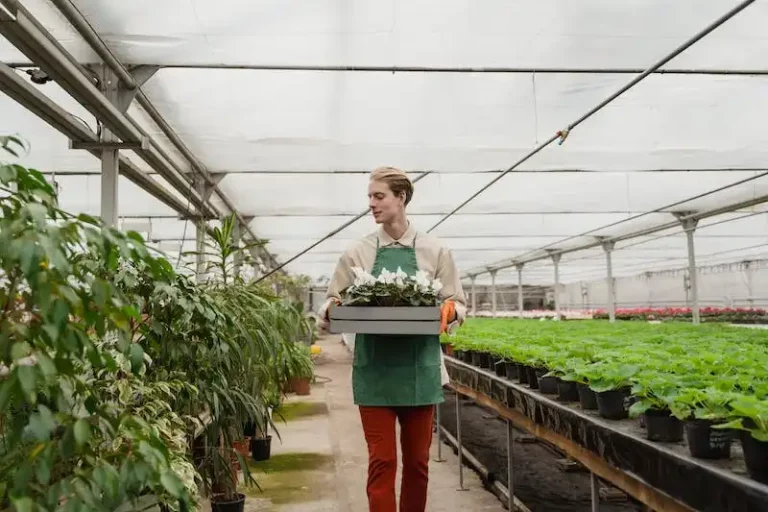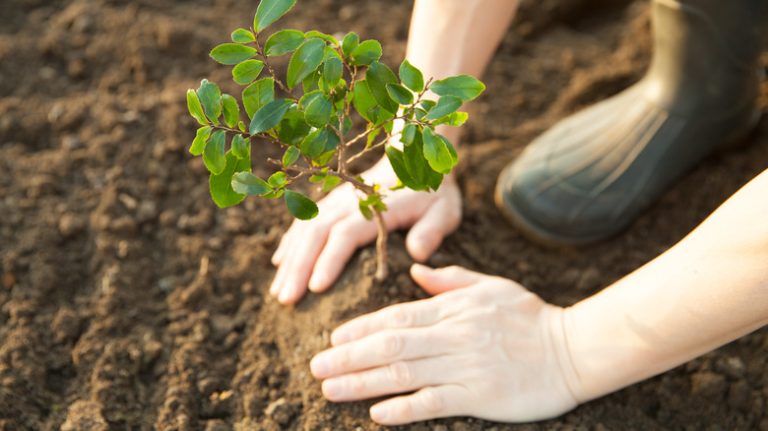City homes require different landscaping than suburban ones. If you live in the city, chances are you have a small front yard with limited space, but that’s not necessarily a bad thing. Instead, you just have to choose your landscaping carefully, ensuring the plants fit the scale of your yard and don’t take up too much room. While you might not have as much sprawl to work with as in the suburbs, that doesn’t mean it can’t be impressive. HGTV “Good Bones” stars Mina Starsiak Hawk and Karen E Laine know that, and they have some definitive opinions on what makes an appropriate urban-dwelling tree. In Season 6, Episode 1 of “Good Bones,” the duo head to the neighborhood Old Southside in Indianapolis, where they renovate a home with a large, gnarled tree out front. It’s so old that they question if they bought the house from Edgar Allan Poe, which leads them to share that such a tree isn’t what they would classify as urban-appropriate. Instead, they decided to replace it with a small maple, which is more conducive to the city landscape.
Before you balk at the idea of tearing down an old tree in favor of replacing it with a smaller one, the mother-daughter team did so for more than just aesthetic reasons. They believe a small maple is more city-appropriate because it is less likely to cause damage to the property. Since city lots are smaller than suburban or country ones, there is more risk for the established roots of old trees to cause harm to infrastructure and plumbing. Let’s take a deeper look into why.
Why a maple is an urban-friendly choice for your city yard

When the pair saw the large tree growing near the house, they had some strong opinions. “I think the tree has to go. It does not look healthy,” Mina said in the episode, referencing its choppily cut limbs. Her mother agreed. “It’s really important in a city to plant a city-friendly tree. You want something that’s not going to break through your drainage tiles or break through your sidewalk,” Karen explained. That’s why she recommended a smaller tree in the front yard, such as a maple.
Since maples don’t grow as large, their roots won’t create as much damage underground. Large, developed roots can crack driveways, weaken foundations, damage sewer lines, and even cross into your neighbor’s property and do the same. This can have pricey repercussions. For example, in 2024, a homeowner in Sacramento was charged thousands of dollars by the city to fix a sewer pipe his 100-year-old tree had damaged. “Its roots are ginormous and crushing the sewer line,” he told CBS. Planting a medium-sized tree like a maple is a safer choice.
Caveats to keep in mind

While maples are a safer choice for city yards, keep in mind that not all maples are the same. Depending on which variety you choose, it will grow to a certain height. For example, Coral Bark maple will grow to a maximum of 20 feet, making it a safe bet for even the smallest of yards. The Crimson King maple, on the other hand, can grow to double that size, maxing out at 45 feet. While bigger, it is still considered a medium-sized tree and is still safe to plant as long as you can station it 20 feet away from your foundation. You don’t want to plant it too close to your house.
However, a Silver maple can top out at 80 feet tall and 60 feet wide, making it too robust for an urban property. It’s also attracted to water, so its large roots will make a beeline for sewer lines and septic tanks. Similarly, a Black maple can grow up to 75 feet tall and 50 feet wide, growing a large crown and casting plenty of shade down on the property. These trees will have more extensive root systems, creating the same potential damage to infrastructure as other large trees. Because of this, it’s important to choose the right maple variety!



